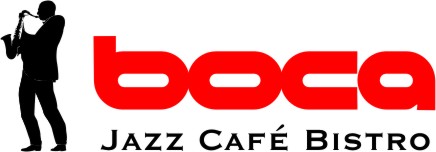Introduction
Jazz is an American musical art form which originated around the beginning of the 20th century in African American communities in the Southern United States from a confluence of African and European music traditions. The style's West African pedigree is evident in its use of blue notes, call-and-response, improvisation, polyrhythms, syncopation, and the swung note of ragtime.
From its early development until the present, jazz has also incorporated music from 19th and 20th century American popular music, which is based on European music traditions. The word jazz began as a West Coast slang term of uncertain derivation and was first used to refer to music in Chicago in about 1915; for the origin and history, see Jazz (word).
Jazz has, from its early 20th century inception, spawned a variety of subgenres, from New Orleans Dixieland dating from the early 1910s, big band-style swing from the 1930s and 1940s, bebop from the mid-1940s, a variety of Latin-jazz fusions such as Afro-Cuban and Brazilian jazz from the 1950s and 1960s, jazz-rock fusion from the 1970s and later developments such as acid jazz.
Origins
By 1808 the Atlantic slave trade had brought almost half a million Africans to the United States. The slaves largely came from West Africa and brought strong tribal musical traditions with them. Lavish festivals featuring African dances to drums were organized on Sundays at Place Congo, or Congo Square, in New Orleans until 1843, as were similar gatherings in New England and New York. African music was largely functional, for work or ritual, and included work songs and field hollers. In the African tradition, they had a single-line melody and a call-and-response pattern, but without the European concept of harmony. Rhythms reflected African speech patterns, and the African use of pentatonic scales led to blue notes in blues and jazz.
In the early 19th century an increasing number of black musicians learned to play European instruments, particularly the violin, which they used to parody European dance music in their own cakewalk dances. In turn, European-American minstrel show performers in blackface popularized such music internationally, combining syncopation with European harmonic accompaniment. Louis Moreau Gottschalk adapted African-American cakewalk music, South American, Caribbean and other slave melodies as piano salon music. Another influence came from black slaves who had learned the harmonic style of hymns and incorporated it into their own music as spirituals. The origins of the blues are undocumented, though they can be seen as the secular counterpart of the spirituals. Paul Oliver has drawn attention to similarities in instruments, music and social function to the griots of the West African savannah.
Type of Jazz
Acid Jazz, Asian American Jazz, Avant-grade Jazz, Bebop, Hard Bop, Big Band, Chamber Jazz, Crossover Jazz, Dixieland, Free Jazz, Cool Jazz, Jazz Blues, Jazz-fusion, Latin Jazz, Nu Jazz, Swing Jazz, Smooth Jazz……
Sources:
Wikipedia
The Free Encyclopedia
http://en.wikipedia.org/wiki/Jazz
Wednesday, May 14, 2008
It's All About Jazz
Posted by Location at 4:41 PM
Subscribe to:
Post Comments (Atom)




0 comments:
Post a Comment